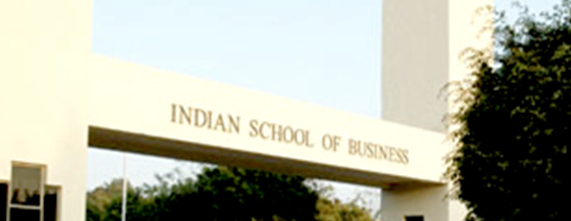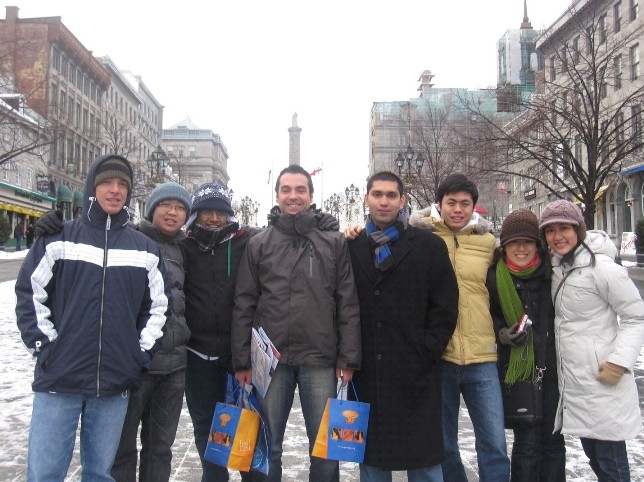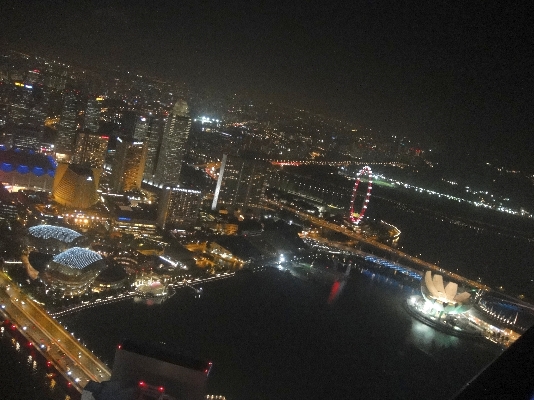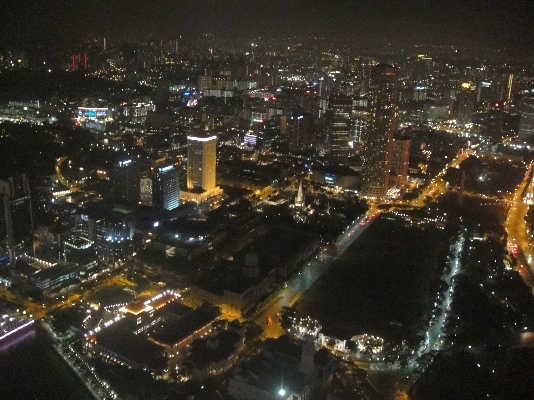Author: Kelvin Tey, Singapore, Nanyang MBA Student
The exams at Nanyang had just ended and here we were ready to hop onto the next big thing: preparations for the regional Venture capital Investment Competition or VCIC in short [investments] held in Hyderabad!
When we arrived in Hyderabad, we were greeted by our host, Ashutosh Singh, a representative from the Indian School of Business (ISB). Both teams set off to the beautiful ISB campus, located just about half an hour from the airport. We were definitely looking forward to our two-day stay there since we met with such a dynamic campus upon first glance.
It was past midnight when we arrived but the campus was vibrant with life and loud music! Ashutosh explained that since the students would be graduating in May, and they were just enjoying the time they had left in the school.
We had only five hours of rest before the team met at 8am for our authentic Indian breakfast. The canteen and scenery was great, and the spread was mouth-watering. If you’re a fan of vegetarian Indian food, you definitely should try the food at ISB! Here’s a peak of the campus:
Following the extremely satisfying breakfast, we headed to Irfan’s room for a discussion.
We had an intense group discussion, with questions, answers and rebuttals all thrown in the open. We drilled each other on the merits and weaknesses of the different companies. We really had to push ourselves since we were only to be given 15 minutes to decide on the actual day. Time completely flew by and it was suddenly already 7pm, time to go for the scheduled cocktail.
It was a great experience, interacting with the hosts and other participants. We understood more about the different nationalities, as well as experiences and campus life in ISB. It’s too bad I’m already in my final year, otherwise I definitely wouldn’t pass up an opportunity to apply for an exchange program at ISB!
After the cocktail, we proceeded to the dining hall. We had several rounds of beer and then we were served the “Hyderabad Nasi Briyani”. Our host had mentioned that a stay in Hyderabad wouldn’t be complete without tasting this most famous local dish, and it truly was scrumptious!
The next thing should naturally be to wash up and head to bed but no, the team headed back to the library to solidify our analyses and arguments. Fortunately, none of us is tipsy so we managed a four-hour intensive discussion on our cases once more. Coffee was a constant drink for all of us, and finally at 4am, we finally headed back to our rooms. I told myself, “Kelvin, you better get some sleep.” I was still so anxious about the competition!
“The Big Event” day came, and this time, breakfast was much too quick. We gathered at the competition venue and met with the venture capitalists, the four start-up entrepreneurs.
We were tasked to make the choice to invest in only one company, and we were to choose between Sacona, United Mobile Apps, Quantama and Nuru.
During their presentations, you can really feel the dedication and determination of the entrepreneurs. It was so exciting to watch!
After the presentations, our belief in choosing to invest in Nuru, a start-up company that provides low power energy solutions to households in rural areas, was reaffirmed. During those intense ninety minutes, we were shuttling between different seminar rooms, as we posed our questions to the entrepreneurs, seeking to either clarify our doubts or strengthen our investment thesis. There was never a dull moment!
Subsequently, we ‘locked’ ourselves in a room to prepare our final investment thesis and to make our final investment decision. Our conclusion was still to go with Nuru, so we moved onto discussing our strategy and approach to the investment process.
We were too engrossed with our work that we completely forgot about lunch! Fortunately, and thankfully, our gracious host brought us some food.
By 3.30pm, we were led to a lecture theatre, where we were to propose our investment thesis to the panel of venture capitalists, as well as the entrepreneurs from Nuru.
Immediately after the presentation, we were given feedback on our approach and investment decisions. Receiving advise from a panel of seasoned venture capitalists was such a privilege as well as an honour. Personally, that was the biggest takeaway from the entire trip. Their advise and comments were highly insightful and gave us many more options to explore. It made us view our work in different angles, and it definitely broadened my scope of thought.
We were able to relax only when it was time to wait for the results. Unfortunately, we didn’t win, and it was sad that we didn’t manage to bring glory back to the Nanyang Business School. However, I don’t think there was any loss at all. The trip was memorable and the experience is irreplaceable.
Regardless of the outcome, the hard work was worth it. I strongly encourage the incoming students to participate in the VCIC competition. It was such a rewarding journey, especially if they desire to get into the investment field.












